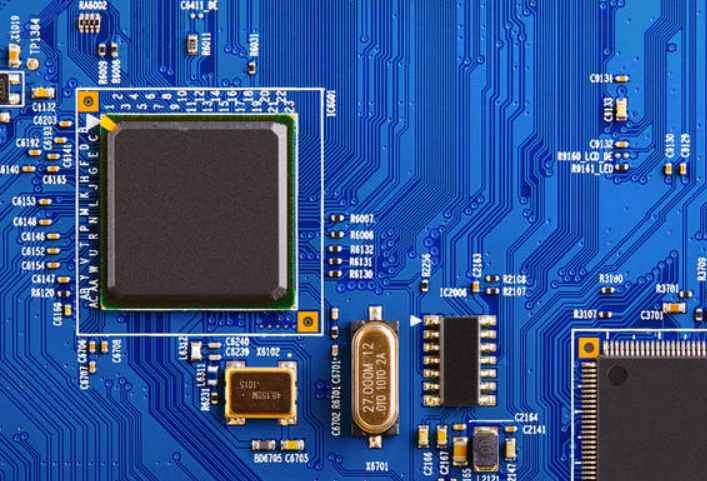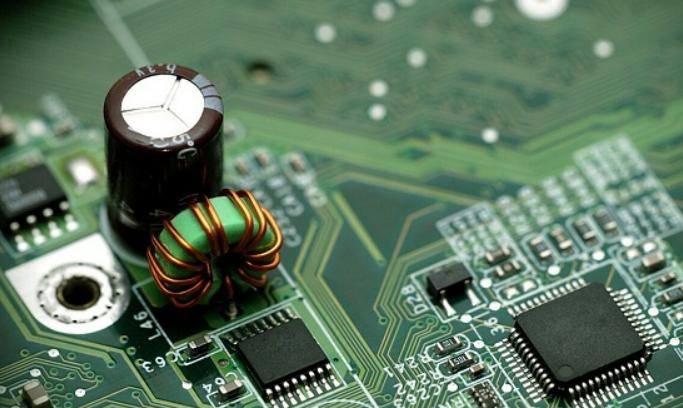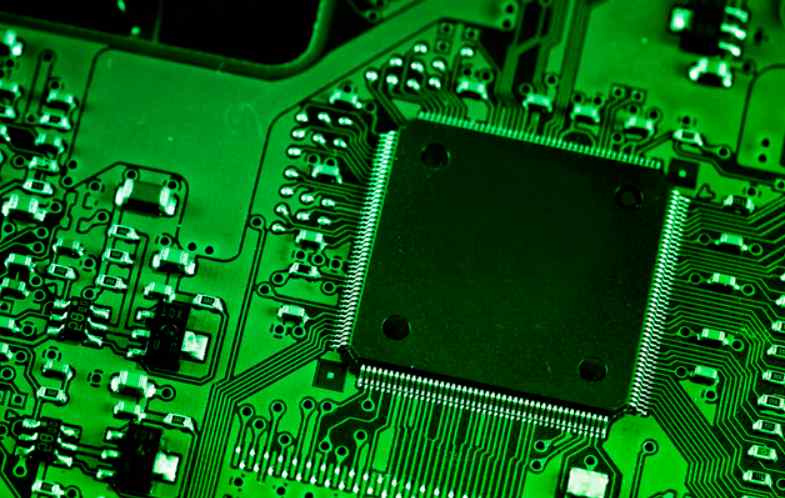
Most mass-produced electronic hardware today is manufactured using surface mount technology or SMT. Apart from providing many other advantages, SMT still has a long way to go in speeding up PCB production times.
Surface mount technology
Basic Surface Mount Technology (SMT) The concept of basic through-hole manufacturing continues to offer significant improvements. By using SMT, the PCB does not need to be drilled into it. Instead, what they do is they use solder paste. In addition to adding a lot of speed, this simplifies the process significantly. While SMT mount components may not have the strength of through-hole mounts, they offer many other advantages to offset this problem.
Surface mount technology goes through a 5-step process as follows:
1. PCB production, which is the actual solder joint production stage of PCB;
2. The solder is deposited on the pad, allowing the component to be fixed to the circuit board;
3. With the help of the machine, the components are placed on precise solder joints;
4. Bake PCB to harden solder;
5. Check the completed components.
SMT differs from through hole in the following ways:
The widespread space problem in through-hole installation is solved by using surface mount technology. SMT also provides design flexibility, as it gives PCB designers the ability to freely create dedicated circuits. Reducing component size means that more components can fit on a single board and fewer boards are needed.
Components in SMT installation are leadless. The shorter the lead length of surface-mounted components, the smaller the propagation delay and the smaller the packaging noise.
The higher density of components per unit area because it allows components to be mounted on both sides, it is suitable for mass production, thus reducing costs.
Size reduction can increase circuit speed. This is actually one of the main reasons most PCB manufacturers choose this method.

The surface tension of the molten solder pulls the element in line with the pad. This, in turn, automatically corrects any minor errors that may occur in component placement.
SMT has proven to be more stable under vibration or high vibration.
SMT parts usually cost less than similar through hole parts.
Importantly, SMT can greatly reduce production time as no drilling is required. In addition, SMT components can be placed at a rate of thousands of placements per hour, compared to less than a thousand for through-hole installations. This in turn leads to products being manufactured at the speed envisaged, which further shortens time to market. If you're thinking about speeding up PCB production times, SMT is the obvious answer. The need for rework and redesign of complex circuits is significantly reduced through the use of Design manufacturing (DFM) software tools, further increasing the speed as well as the possibilities for complex design.
All this is not to say that SMT is without its inherent drawbacks. SMT can be unreliable when it is used as the only attachment method for parts facing a large amount of mechanical stress. Components that generate large amounts of heat or withstand high electrical loads cannot be installed with SMT. This is because solder can melt at high temperatures. Therefore, through-hole installation may continue to be used in cases where special mechanical, electrical and thermal factors are present to render SMT ineffective. In addition, SMT is not suitable for prototyping because components may need to be added or replaced during the prototyping phase and high component density boards may be difficult to support.
It is amazing that they have become a major design and manufacturing standard today with the strong advantages offered by SMT. Basically they can be used in any situation where high reliability and high volume PCB boards need to be produced.







